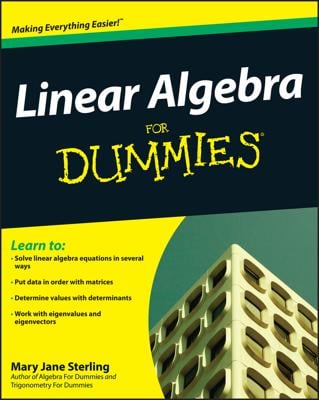The commutative property makes working with algebraic expressions easier. The commutative property changes the order of some numbers in an operation to make the work tidier or more convenient — all without affecting the result.
You can use the commutative property with addition and multiplication operations, but not subtraction or division (with a few exceptions):
-
Addition: a + b = b + a
Example: 4 + 5 = 9 and 5 + 4 = 9, so 4 + 5 = 5 + 4
Reordering the numbers doesn't affect the result. Regardless of the order of the numbers, the answer is still 9.
-
Multiplication: a × b = b × a
Example: 3 × (–7) = –21 and (–7) × 3 = –21, so 3 × (–7) = (–7) × 3
Just as with the addition example, reordering the numbers when multiplying doesn't affect the result. Regardless of the order of the numbers, the answer is still –21.
-
Subtraction: a – b ≠ b – a (except in a few special cases)
Example: (–5) – (+2) = (–7) and (+2) – (–5) = +7, so (–5) – (+2) ≠ (+2) – (–5)
Here, you see how subtraction doesn't follow the commutative property.
Exception: If a and b are the same number, then the subtraction appears to be commutative because switching the order doesn’t change the answer.
Example: 2 – 2 = 0 and –2 + 2 = 0, so 2 – 2 = –2 + 2
-
Division: a ÷ b ≠ b ÷ a (except in a few special cases)
Example: (−6) ÷ (+1) = −6 and (+1) ÷ (−6) = −1/6, so (−6) ÷ (+1) ≠ (+1) ÷ (−6)
Division also doesn't follow the commutative property.
Exception: If a and b are opposites, then you get –1 no matter which order you divide them in.
Example: 2 ÷ (–2) = –1 and –2 ÷ 2 = –1, so 2 ÷ (–2) = –2 ÷ 2

